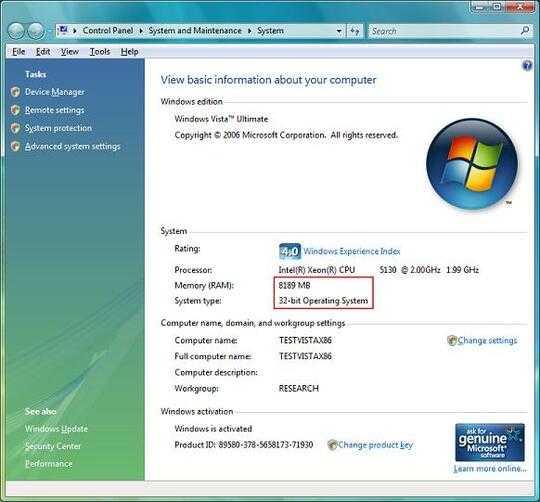22
10
I upgraded my PC to 4 GB RAM and I get only 3 GB. Windows 7 32-Bit consider that I've 4 GB RAM but didn't use more than 3 GB.
Someone told me that MS Windows 32-bit doesn't support RAM larger than 3 GB.
So please is there any way to make my OS "Windows 7 32-Bit" support more than 3 GB RAM ?
*`Note: I can't move to 64-bit because I've many program doesn't work with a 64-bit OS.
Edit::
I tried what Mr. Wonsungi advised me but whenever I check this option:
Enable support for 4 GB of RAM
I get the following error:
'Cannot access to the registry key HKEY_CLASSES_ROOT\CLSID\{E88DCCE0-11d1-A9F0-00AA0060FA31}.'
There is no "CLSID" in my registry, I don't know why!.


23"many program doesn't work with 64-Bit OS" is not really a valid reason in the age of virtual computers. with VirtualBox (which happens to be free) you can run your 32-bit applications on a 32-bit windows virtual machine in seamless mode (integrated into the host OS) and hardly feel a difference (unless you need the full power of your graphics card available to these applications) – None – 2009-11-08T18:13:45.210
I agree with Molly. And for 16-bit programs, you can use an emulator like DOSBox. http://www.dosbox.com/
– Sasha Chedygov – 2009-11-08T18:56:14.6071
If you own Windows 7 Professional, Enterprise or Ultimate, consider checking out Windows XP Mode: http://www.microsoft.com/windows/virtual-pc/
– alex – 2009-11-08T19:24:21.010I'm using many 32-bit programs on Win7 64bit. They date from 1998 to 2001. Most require compatibility modes to work. Are you making an assumption it won't work, or someone told you it won't work? Have you actually tried? – kmarsh – 2009-11-09T15:00:22.273
ad Edit1: I understood that you didn't upgrade to 4 GB yet...so you don't know yet, if it works or not, right? To make sure it works, you need to upgrade b/c there's not only Win but also HW limitations. Do upgrade and then give us more - detailed - infos on your setup if it doesn't work. – Gerd Klima – 2009-11-10T06:53:26.760
Bounty removed and question locked. Please select an answer from the existing collection. Windows 32Bit cannot access 4GB, it is technically not possible. Therefore adding a bounty adds absolutely no value to this question. Enough explanation for why has been given already. – BinaryMisfit – 2009-11-25T08:22:20.917
@WahidBitar : What about this?
– user2284570 – 2014-04-04T19:31:54.453